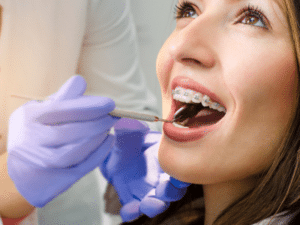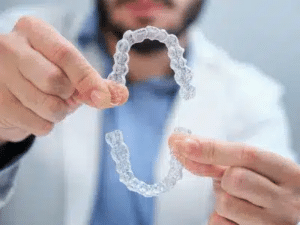
The Invisalign-Friendly Way to Drink Coffee
The Invisalign-Friendly Way to Drink Coffee “Do I have to give up my coffee while wearing Invisalign?” This is one of the most common questions we hear at McAllen Orthodontic Group in McAllen, TX. If you’re a coffee or tea lover who’s thinking about straightening your teeth, you’re probably wondering









